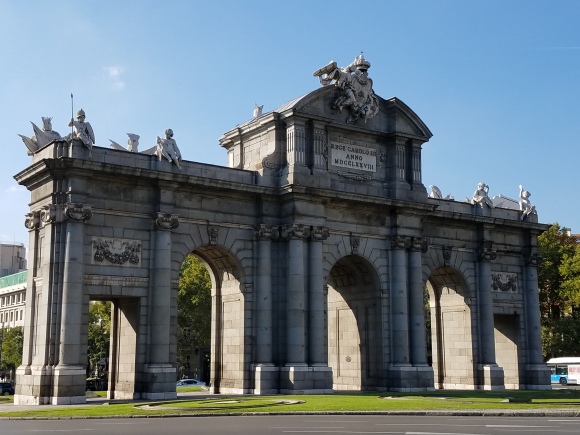… phrase made popular during the sixties thanks to the Broadway play “Cabaret”. The same affirms that we are mainly dependent on money in order to make things happen. Traveling is not an exception.

Traveling creates a financial commitment, which once the ball gets rolling will be hard to stop.

Creating a budget is of the utmost importance as the same will tell us if the trip is viable or not according to the personal circumstances y finances we all have. It serves as a guide to indicate how much money is needed and can be spent when traveling.
How do we come about making a budget? We can start by segregating items into two main expense categories, one for “Pre-Travel” and the other for the actual “Trip”.
“Pre-Travel” expenses can represent over 40% of the total costs to be incurred. Expenses include in this category are: Transportation (Air fare, Railroads, etc.) to the final destination, reservations for lodgings (some offers require full payment up-front or at least a deposit), guided tours and the cost of entry fees / tickets to the different attractions to be visited. There are some attractions which due to the high volume of visitors, you will need to get tickets in advance. In our case, the Alhambra in Granada

and the Royal Palace in Madrid, to name a few and two attractions for which had to advance purchase our tickets.
Other expenses we incurred prior to our trip (Pre-Travel) were those related to luggage, clothing, shoes / sneakers, passports and visas, etc.
Now comes the other part, determining the budget for the actual “trip”. What should we consider? In our 2017 trip of 7 cities in Spain, we included: local city transportation, tickets for attractions not requiring reservations, meals and entertainment, souvenirs / gifts and amounts to cover balances on amounts due for lodgings. It is important to make allowances for emergencies. One never knows what unfortunate event may occur or if you have an ill reaction to meals.
The easiest way to set up your budget items / expenses is using the trip itinerary. Day by day, making a list of the cities / sites to be visited.
For example, we will visit Madrid on the 29th through the 31st of October 2018. On the 29th we plan to visit the Prado Museum and the Royal Palace.

Tickets to each one are $39.00 and $27.00 (respectively for 2 adults). We will need to take a bus to these from the hotel at a cos of 2€. We’ll have lunch at the Museum and enjoy some “tapas” on our way back during the evening (budget items such consider meals, snacks and liquids to keep hydrated).

In regards to the “tapas”(bar snacks),  we take advantage of the specials on cold beers and “tapas” (usually free) and this allows us to save on meals. Honestly, all are delicious.
we take advantage of the specials on cold beers and “tapas” (usually free) and this allows us to save on meals. Honestly, all are delicious.
Game on!!! Once we have completed the budget, we now can determine the total cost of the trip and stat making some decisions. How will I finance this trip? Do I save up for it or borrow? The answers to such questions will let us know if this is doable or if adjustments are needed in order to make the trip a reality.
The budget should serve as a guide and is not intended to be a straight jacket in terms of what actually will be spent. Our experience tells us that budget targets are never met. Nevertheless, it is important to have a general idea of the economic resources needed to travel comfortably.
Indeed, to travel is a pleasantry and without any economic concerns, it’ll be more pleasant.


